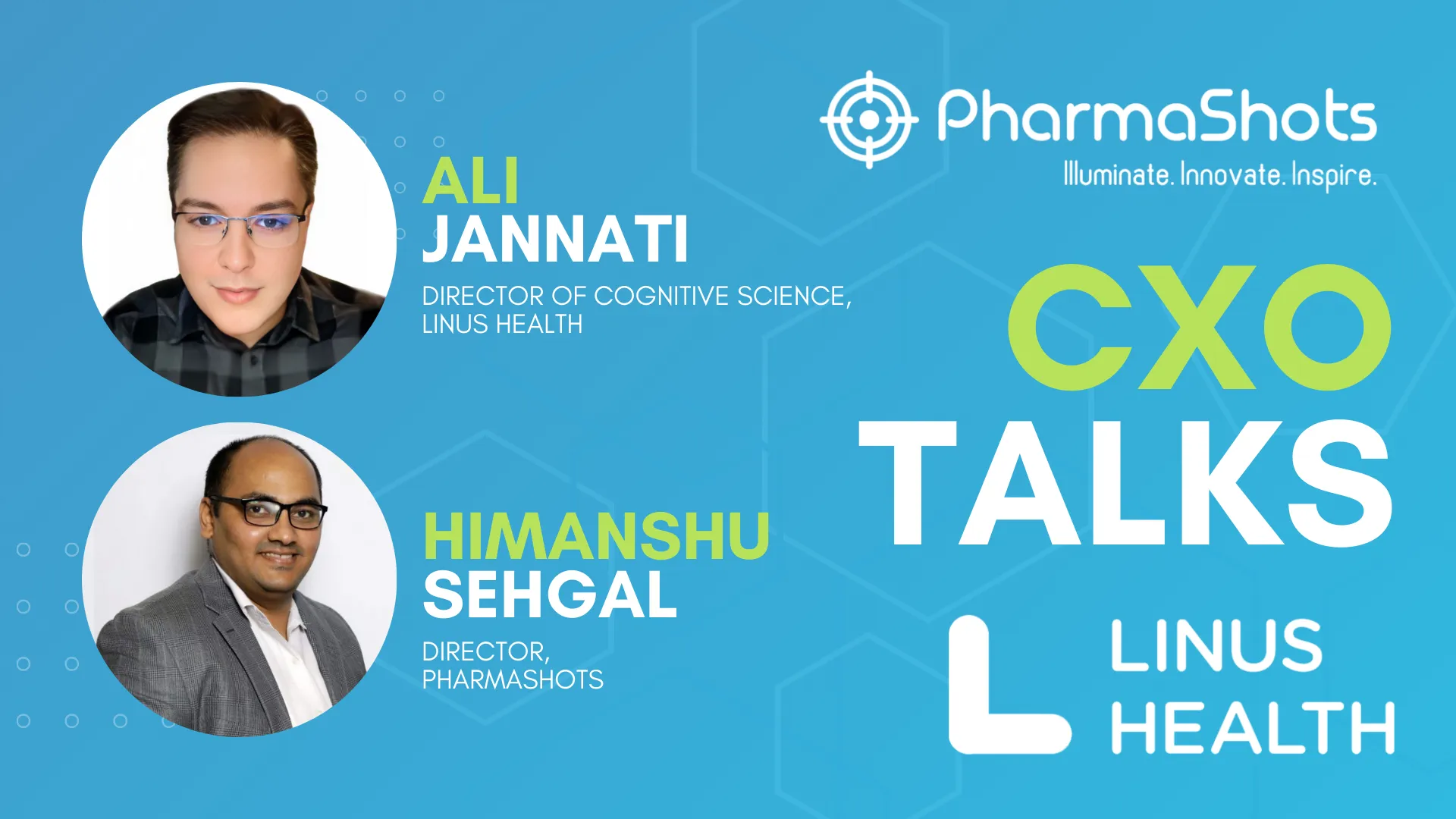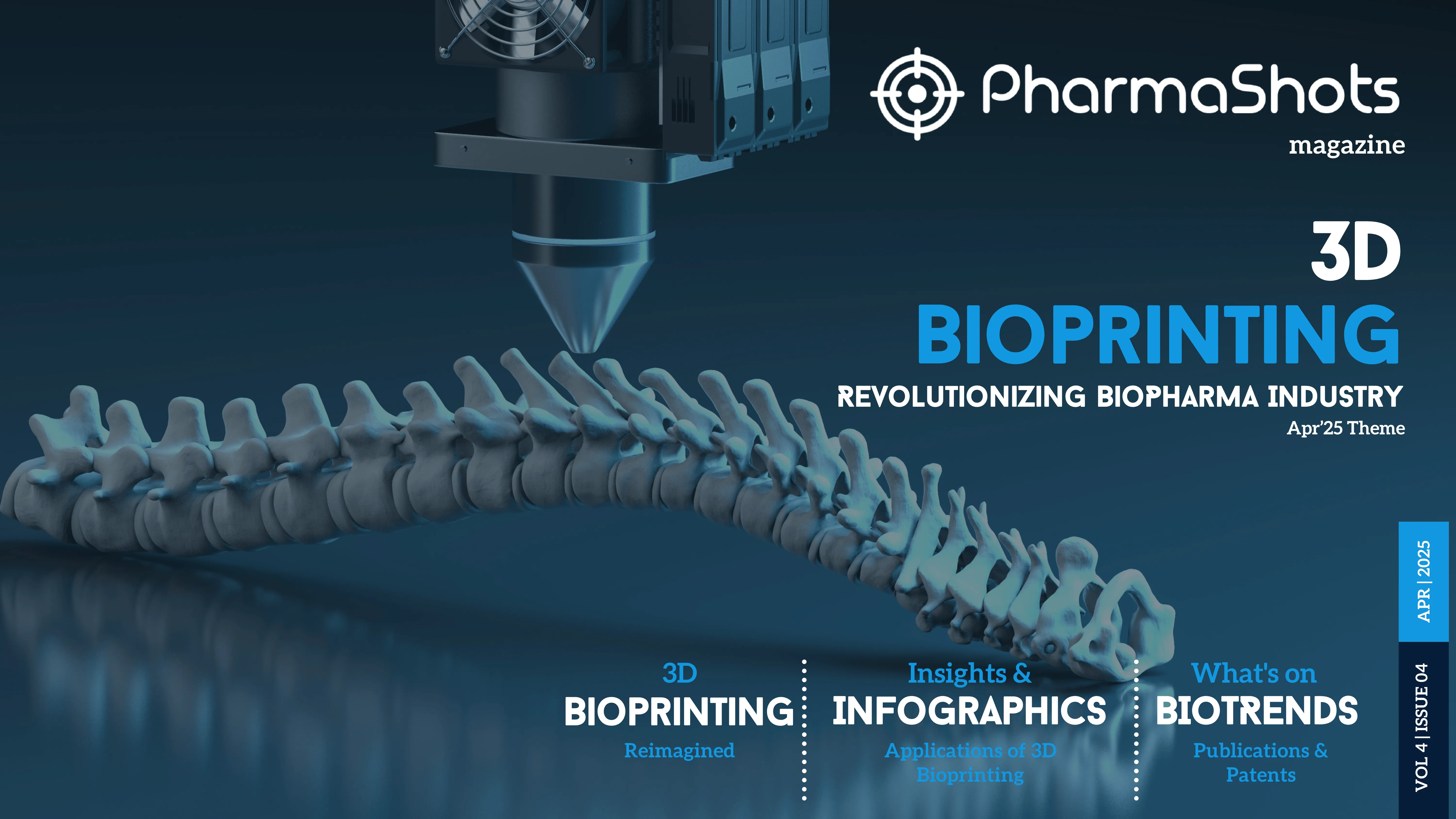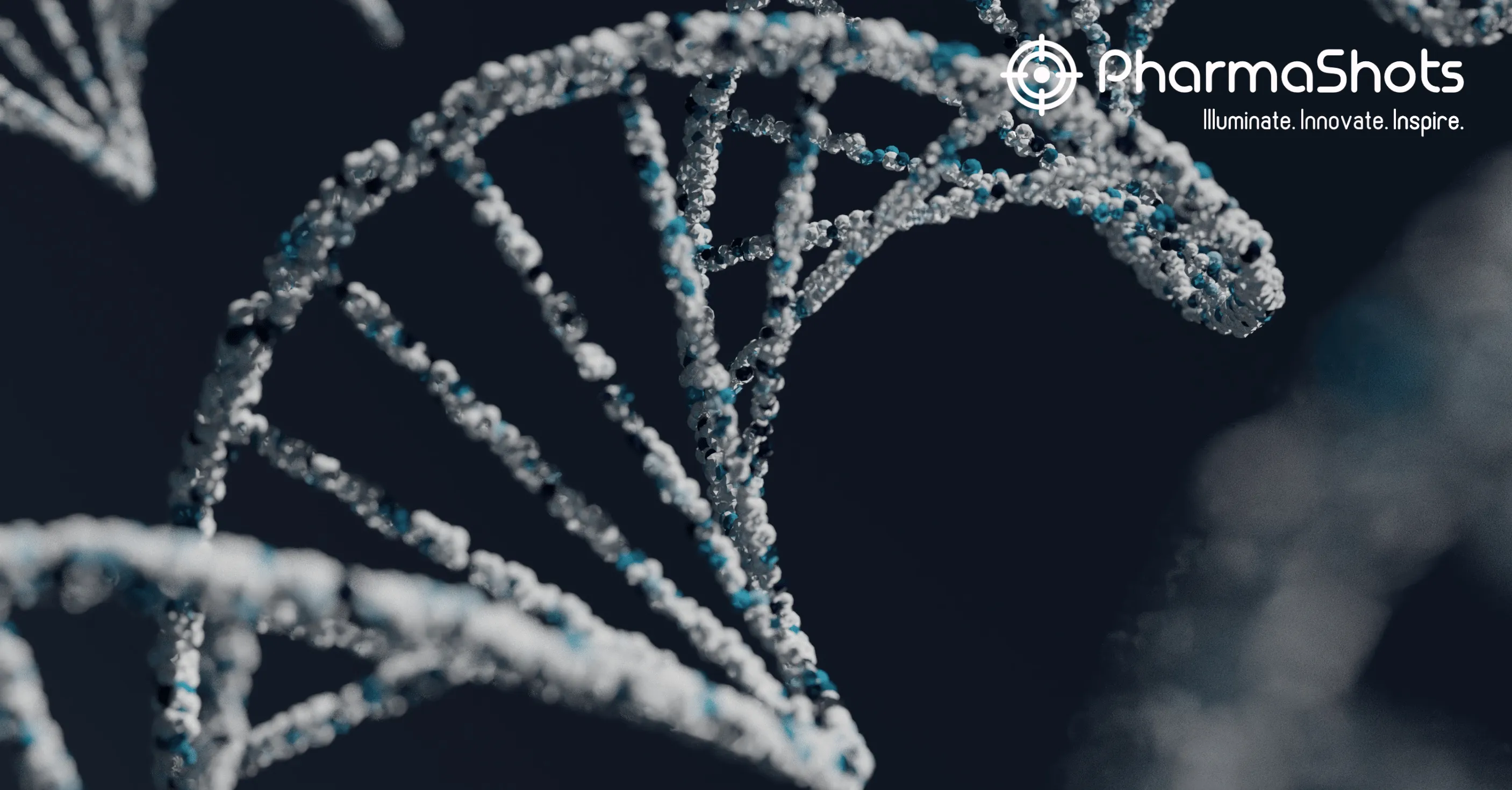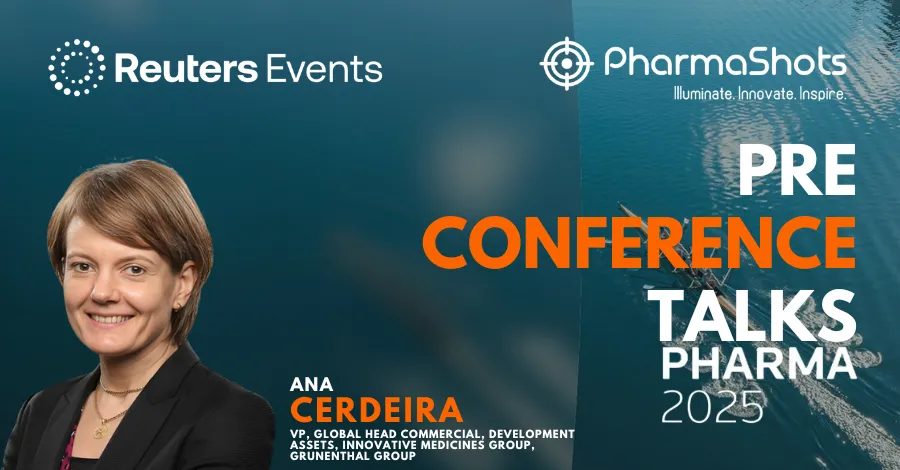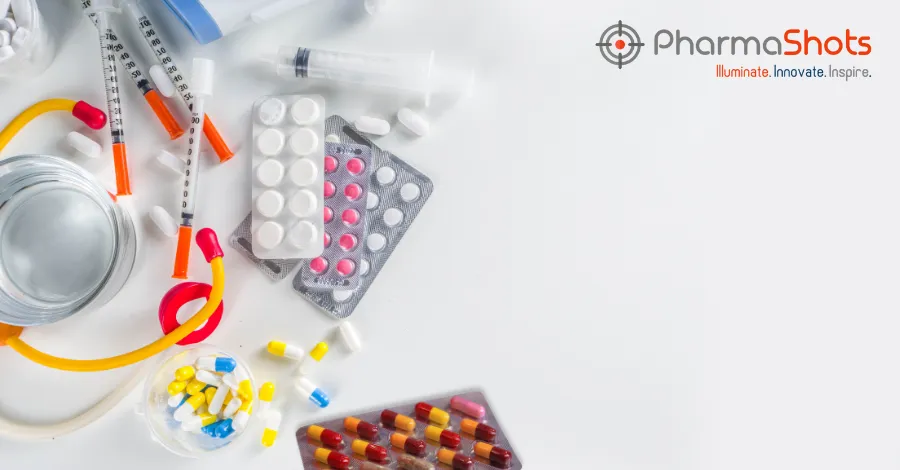
Role of Digital Technology in Improving Diagnosis
Machine Learning (ML) and Artificial Intelligence (AI) are used efficiently by many researchers and companies to overcome challenges for improving medical diagnostics.
Insights on Diagnostic Errors
Diagnostic related errors contribute to a significant number of complications and patient deaths. According to the authors of an article published in BMJ, in the US, diagnostic error claims had a higher occurrence in outpatient (68.8%) vs. inpatient (31.2%) settings which could also be lethal [2]. Various factors contributing to diagnostic errors other than physician error are:
- Inefficiency in integrating and collaborating of Health Information Technologies (Health IT)
- The communication gap between the clinicians, patients, and their Families.
- Due to the designing of a healthcare work system that does not properly support the diagnostic process.
Current Applications of ML & AI in Medical Diagnostics
Following are the categories for Machine Learning diagnostic applications:
- Chatbots: NLP chatbots with speech recognition features helps in identifying patterns of the patient's symptoms to have a preliminary diagnosis, prevent disease, and/or recommend an appropriate plan of action.
- Oncology: Techniques like Deep Learning image classification and Computer Vision are used by researchers to train the complex algorithms that help in recognizing cancerous tissue, and tissue biomarker analysis which can be comparable to trained physicians.
- Rare Diseases: Combination of machine learning and facial recognition software which will help clinicians diagnose rare diseases. Face analysis and deep learning detect phenotypes that correlate with rare genetic diseases.
Deep Learning and Medical Diagnosis
Deep Learning is a multilayer perceptron, where the training model learns in multiple layers. Majorly the deep learning techniques include Artificial Neural Network (ANN), Convolution Neural Network (CNN), and Recurrent Neural Network (RNN). The image-based problems are majorly solved using Convolutional Neural Network because it has an additional feature engineering layer with Artificial Neural Network. An image has a huge amount of data as it is a matrix of pixels. The feature engineering reduces the size of the data (dimensions) and considers the data which makes a relevant impact on the outcome.
Out of various data science techniques, deep learning plays a major role in Whole Slide Imaging, and image-based classifications to make stronger evidence against the prediction of disease. This includes but is not limited to health informatics, biomedicine, and magnetic resonance image MRI analysis.
Two approaches are used to apply deep learning for medical diagnosis:-
The first approach is a classification that includes the reduction of possible outcomes (diagnosis) by mapping data to specific outcomes. The second approach is used to identify and diagnose malignant tumors, or other diseases by collecting physiological data which includes medical images and data from other sources. The Deep Learning model can also be used for dietary assessment support by using the ANN algorithm. These approaches may increase the quality and efficiency of healthcare in the future and will reduce the risk and complication of serious diseases.
Diverse application of deep learning in the field of medical diagnosis
Deep Learning methods are widely applied in the medical field. This includes detection, classification, prediction, and others as mentioned earlier.
Deep learning can support doctors in the medical field
AI will help future medical science due to the increased volume of medical data, more powerful computers, and smarter algorithms.
Applications of Deep Learning in Medical Diagnosis
- Breast cancer screening
- Early melanoma detection
- Lung cancer screening
- Diabetic retinopathy screening
- Cardiac risk assessment from electrocardiograms (ECGs)
- CT Scans of the head help early diagnosis of stroke.
Other Technological Applications in Diagnosis
Machine Learning For Better Patient Record Analysis
Complex patient information systems are developed in hospitals that will allow the exchange of patient data between divisions and hospitals easily. ML-based systems will help to spot negative traits that may denote injury by studying patient data. Having access to a patient`s electronic medical data helps the healthcare professional in diagnosis and unnecessary tests could be avoided.
Ophthalmology
To diagnose eye disease in clinical practice, it is required to interpret the imaging studies for auxiliary diagnosis. However, detecting the resolution of the human eye is limited. Proficiency levels of ophthalmologists also differ and it's inevitable for human errors to occur. Hence, there is a need to have a model to detect and distinguish different retinal disorders simultaneously. The solution to this is machine learning
Electronic medical records (EMR)
Electronic Medical records (EMRs) help in diagnosis as they consist of clinical diagnostic and treatment information that can be extracted. Image analysis and EMR are combined by AI who rely on deep learning that will advance the diagnostic power and ability to monitor disease progression and response to treatment in a new way.
How can doctors use technology to help them diagnose?
AI is supposedly faster and could be better than a human brain. A very good example is how AI succeeded in saving the life of a patient when a team of skilled doctors failed which was reported as Japan's first case where AI saved a life. A woman with a rare type of leukemia was correctly diagnosed by the AI.
Applications include:
- Data-driven medicine
- Human genome project
- Personalized medicine
Five barriers to ML adoption in healthcare include regulatory issues, shortage of data on new diseases, data silos and privacy rules, lack of standardization, lack of trust, and aspect of a black box. The risks of AI are mainly programming errors, cyber-attacks, and accepting instruction in the literal meaning.
DeepGenix, a user-centric App focuses on providing information regarding an ailment and helps the users get educated by doing a preliminary diagnosis of their symptoms. It understands what a user is going through by a set of questions related to the symptom and predicts an ailment after a thorough analysis. This does not become an alternative to medical expertise. Being an education tool, DeepGenix educates the user about various ailments. The company also uses Computer Vision, and Deep Learning combined technology to analyze the skin image to diagnose skin diseases.
Digital Technology in Diagnosing COVID-19
Containment of the pandemic relies significantly on early and accurate diagnosis
- Rapid identification of patients with COVID-19.
- Improving diagnostic accuracy and speed
- Reduce occupational exposure to the virus.
Conclusion
AI and data-driven medicine have great potential to improve standards of patient care, save lives and money for health providers, particularly hospitals and research institutions. The future will witness more development in technology that will improve medical practice, diagnosis, and recovery. Novel and current technologies can be also used in general practice to know a patients current health status and rate of recovery. Finally, skill development and enhancement will have significant importance.
Image Source: Simon-Kucher
References:
1. Machine Learning for Medical Diagnostics 4 Current Applications
3. Deep Learning and Medical Diagnosis: A Review of Literature
4. Deep Learning in Medical Diagnosis: How AI Saves Lives and Cuts Treatment Costs
5. How Doctors Use Technology to More Accurately Diagnose Injuries
6. Promising Artificial Intelligence-Machine Learning-Deep Learning Algorithms in Ophthalmology
7. How can doctors use technology to help them diagnose?
8. Emerging Technologies for Use in the Study, Diagnosis, and Treatment of Patients with COVID-19
Related Post: ViewPoints Article: Wearables in the Market & their Roles

Dr. Sunaina Anand, Pharm. D is a Clinical Pharmacist. She currently serves as Medical Affairs Executive in IntelliMed Healthcare Solutions. She previously interned in Tata Memorial Hospital and Columbia Asia Hospital, Bengaluru.




